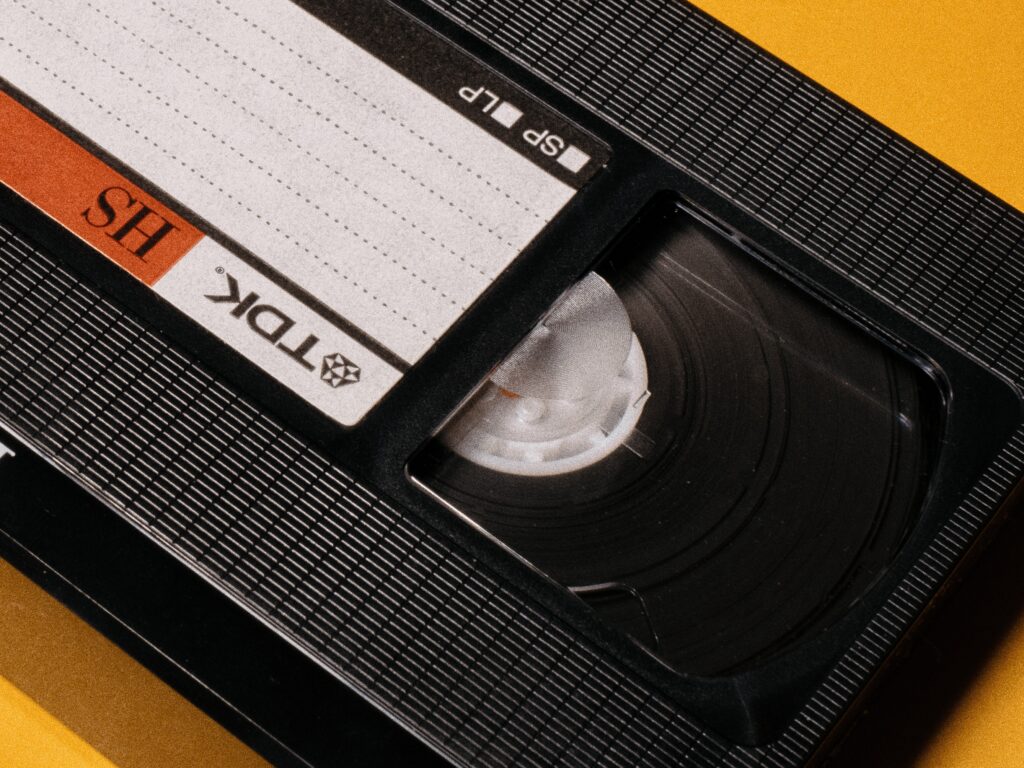Cinema has come a long way since the first silent films premiered over a century ago. The evolution of filmmaking technology and techniques have taken us from the early days of rudimentary camera systems to stunning special effects and breathtaking sets, changing the way we experience movies forever. From captivating black-and-white masterpieces like Fritz Lang’s Metropolis and Charlie Chaplin’s The Gold Rush to modern epics like Avengers: Endgame, this blog post will explore how cinematic innovation led us on an incredible journey through Hollywood history – showing how visions became realities that captivated generations across the globe ever since.

An Overview of Early Silent Films and the Development of Sound Technology
When we think of movies, we often imagine vivid imagery or epic soundtracks that help bring them to life. But there was a time when the silver screen was silent, a time when filmmakers had to rely solely on visuals to tell their stories. Early silent films may have lacked the sound we’re used to hearing in modern cinema, but they were groundbreaking in their own right. They laid the foundation for the development of sound technology, which would eventually revolutionise the industry. From the first talkie, The Jazz Singer, to the blockbuster films we enjoy today, sound has become an integral part of the cinematic experience. But it’s important to remember the pioneers who paved the way for the many innovations we see on screen today.
The Popularity Boom of Post-WWII Cinema and the Emergence of Blockbuster Hits
The end of World War II marked a turning point in the film industry, as Hollywood, known for its glamorous musicals and patriotic propaganda films, started to shift towards darker, more complex themes. The popularity boom of post-WWII cinema saw the emergence of a new generation of avant-garde filmmakers, breaking free from traditional storytelling methods and presenting harsh, unvarnished realities of life. Over the years, this trend would lead to some of the biggest blockbuster hits of all time, including classics like The Godfather, Jaws, and Star Wars. These films had a profound impact on popular culture, fundamentally changing the way we consume entertainment. Today, we still see the legacy of these films in the big-budget Hollywood blockbusters that dominate the box office every year.
The Impact of Home Video on Movie Theatre Viewership and Distribution
The advent of home video has revolutionised the entertainment industry in countless ways. One significant change has been the impact on movie theatre viewership and distribution. With the ability to purchase or rent movies in the comfort of our own homes, the appeal of going out to the movie theatre has decreased for many viewers. This shift has forced theatres to adapt by offering more unique and immersive experiences to entice audiences out of their living rooms. Additionally, home video has also changed the way movies are distributed, with VHS tapes, DVDs, and now digital streaming all playing a role in how films are made available to viewers. As technology continues to advance, it will be interesting to see how homes continue to disrupt the movie theatre industry and what new opportunities this will create for filmmakers and moviegoers alike.

The Digital Revolution in Cinema Production and Distribution
The world of cinema has undergone an incredible transformation in recent years, thanks to the digital revolution. Production and distribution have been revolutionised by advancements in technology that have enabled filmmakers to create stunning visual effects and distribute their work across multiple platforms. A new generation of filmmakers and producers has emerged, armed with cutting-edge technology and a deep understanding of the digital landscape. With the rise of streaming services like Netflix and Amazon Prime, there has never been a better time to be a movie fan. The digital revolution has brought unprecedented access to high-quality content, allowing viewers to enjoy their favorite films from the comfort of their own homes. It’s an incredibly exciting time for cinema, and the future looks bright as the industry continues to evolve and adapt to new technologies.
The Future of Movie Going Experiences with Virtual Reality, Augmented Reality, and Holographics Technologies
The future of movie going experiences is set to be revolutionised by virtual reality, augmented reality, and holographic technologies. Imagine sitting in a cinema and putting on virtual reality headsets that transport you into the movie itself. Or perhaps being able to interact with characters on the screen using augmented reality technology. These immersive experiences could take movie watching to a whole new level, blurring the lines between reality and fantasy. Holographics could also add a new dimension to cinema, projecting images that appear to float in front of your very eyes. It’s an exciting time for the movie industry, as filmmakers look for new ways to captivate audiences and provide even more memorable experiences.
An Analytical Discussion on How Cinematic Art Has Evolved Over Time
The art of cinema has undergone a remarkable transformation over the years, reflecting the changing landscapes of society, culture, and technology. From the earliest silent films to today’s blockbusters, filmmakers have constantly innovated and experimented with new techniques to capture audiences worldwide. With advancements in visual effects, sound design, and storytelling, the art of cinema has evolved from a simple form of entertainment to a powerful medium of artistic expression. As such, the films of today are vastly different from those of a century ago, both in terms of style and substance. Nevertheless, at its core, cinematic art remains a compelling and timeless means of telling stories and inspiring emotions.
Since the birth of cinematic art, we’ve seen each new advancement in technology bring a unique evolution to the film industry. We’ve watched as innovation changed how we watch movies and recognise films – from early silent films with no sound, to home videos and streaming services that allow us to view movies from our living rooms. The technological advancements extended to the way in which films were created and distributed – with digital tools now allowing for quicker editing and virtual reality offering an unparalleled level of audience immersion. Cinema has certainly come a long way in its 100+ years of existence, yet the future looks brighter still as augmented reality, holographics, and other types of interactive mediums keep pushing the boundaries of entertainment. Today film is not just a form of art – it is a high-tech big business. With so many products and platforms available throughout the world, one thing is for sure: innovators have ensured that this art form will continue to evolve and entertain generations to come.
